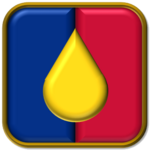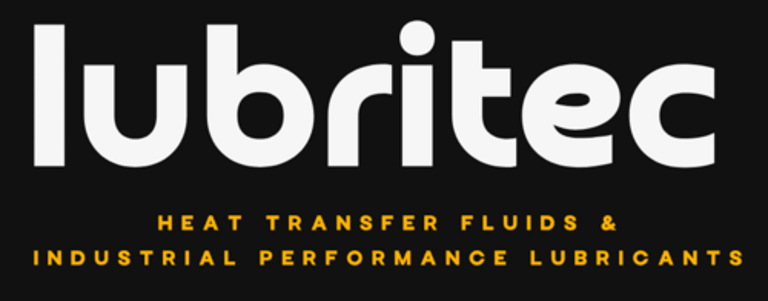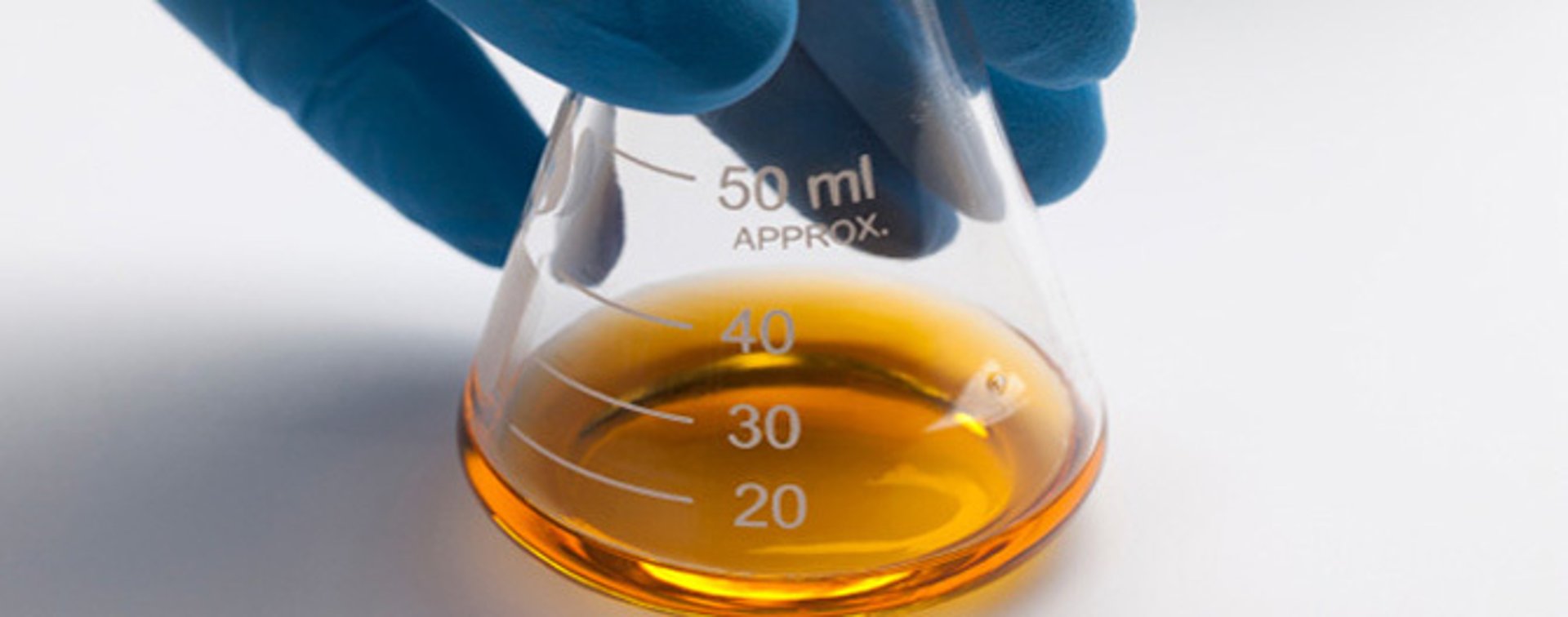
Lubritec
Your Local Partner for
Premium Heat Transfer Fluids and Industrial Performance Lubricants
Selecting the Right Heat Transfer Fluid
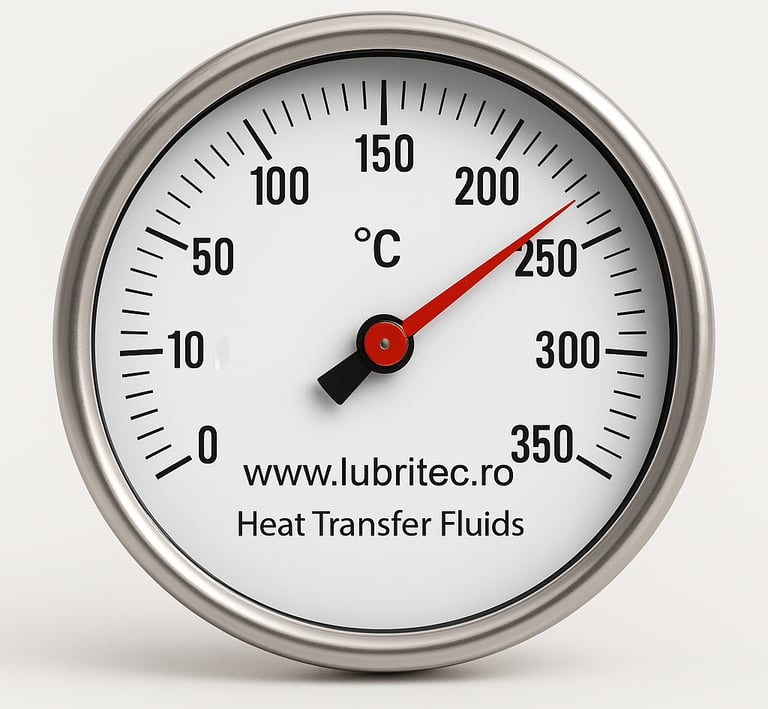

Choosing the right thermal oil or heat transfer fluid can be challenging, as there is a wide variety of products available on the market. At Lubritec, we offer a range of solutions to meet different application needs. The following groups of materials can be used for heat transfer:
Mineral oils
Hydrogenated oils (food grade, HT1)
Silicone oils (bath fluids)
Synthetic-aromatic heat transfer fluids
Polyglycols
Water glycols
Flushing and cleaning fluids
Selecting the ideal heat transfer fluid requires expert consultation, as basing the choice solely on the maximum bulk temperature is not sufficient. The underlying chemistry of the fluid plays a significant role in its longevity and performance. Unlike water, heat transfer fluids may decompose over time at temperatures below their indicated maximum supply temperature, which can impact system efficiency and increase maintenance costs.
There are two primary types of decomposition:
Oxidative Decomposition: Caused by oxygen exposure, this process accelerates as temperature increases. It can be mitigated with nitrogen blanketing or cold oil traps, preventing the ingress of air and moisture. Regular oil analysis helps detect the degree of oxidation, which is indicated by the acid or neutralization number.
Thermal Decomposition: Occurs when heat input causes the oil molecules to break down. The decomposition rate is influenced by the oil’s molecular structure and the system's operating temperature. For temperatures below 300 °C, mineral oils are typically used, while synthetic aromatic fluids or silicone oils are recommended for temperatures above 300 °C.
Decomposition Rate
The decomposition rate follows the Arrhenius principle, which states that for every 10°C increase in temperature, the decomposition rate doubles, reducing the operational lifetime by 50%. Conversely, reducing the temperature by 10°C slows the decomposition rate by half, effectively doubling the operational lifespan of the heat transfer fluid.
Synthetic Aromatic Heat Transfer Fluids
Synthetic aromatic heat transfer fluids are produced through synthesis, where specific reactants are used to create products with predefined properties. These fluids contain aromatic benzene-type rings, which provide exceptional thermal stability, allowing bulk temperatures of up to 400°C. This makes them significantly more stable than single-bond hydrocarbon chains. Fluids with higher aromatic content and lower chain structures are more thermally stable.
The unique structure of aromatics also gives these fluids excellent dissolving capabilities, making them suitable for cleaning applications. These synthetic aromatic fluids can be used in both the vapor and liquid phases, offering high thermal performance.
However, these fluids typically do not receive food-grade approval due to their chemical composition.
Mineral Oils
Mineral oils represent the largest group of thermal oils. These oils are typically paraffinic or naphthenic. Paraffinic oils have a higher flash point and boiling point, while naphthenic oils have better low-temperature characteristics and lower pour points. When compared to synthetic aromatic heat transfer fluids with a high aromatic content, the thermal stability of mineral oils is more limited, as they mostly consist of molecules with single bonds in chain or ring structures without aromatic character.
Mineral oils are derived from crude oil through distillation in the refinery, and they are natural products composed of various molecules. The compositions and qualities of mineral oils can vary considerably across different products on the market.
Ordinary mineral oils are generally the most cost-effective thermal oils for supply temperatures up to 290°C. Specially refined and hydroisomerized mineral oils may be suitable for temperatures up to 305°C.
Food-Grade Oils
A special type of mineral oils is known as white oils, which are produced from mineral oils through additional processing. These oils are highly pure and inert, which allows them to achieve food-grade classifications and certifications. For instance, the HT1 classification by NSF (National Sanitation Foundation) or the INS (European certification) means that the thermal oil is approved for applications where unintentional contact with food may occur. These oils may also be certified as Halal or Kosher.
White oils offer better thermal stability than ordinary mineral oils and can be used at supply temperatures up to 305°C.
A specific type of thermal oil used in the food industry is poly-alpha-olefins (PAOs), which are produced synthetically. While these oils may receive certifications, their thermal stability is generally lower than that of white oils.
Polyglycols
Polyglycols, such as polyethylene or polypropylene glycols, are a type of polyalkylene glycol. Due to their chemical structure, they can bind small amounts of water, which helps prevent significant outgassing during operation at temperatures above 100°C. Additionally, they are water-soluble, which makes it easier to wash or flush out the heat transfer fluid.
Formulated polyglycols are often used for tempering units that are exposed to atmospheric conditions, as they exhibit good resistance to oxidative decomposition, reducing fouling. However, their application range is typically limited to temperatures between 200°C and 250°C, depending on the product.
Flushing and Cleaning Fluids
Flushing and cleaning fluids are often used during commissioning or oil changes. The key difference between these fluids is:
Flushing Fluids: These are used to remove residues from fittings after commissioning or to clear out oil films adhering to the inside walls of the system after an oil change. However, flushing fluids do not have dissolving capabilities, meaning that any deposits remain in the system.
Cleaning Fluids: These fluids have good dissolving capacities, enabling them to dissolve oil sludge. However, their effectiveness is limited when dealing with hard-baked coke residues. Cleaning fluids are generally based on synthetic-aromatic structures and are not food-grade approved. As a result, they are rarely used in the food industry.
Flushing Liquids in the Food Industry
Flushing liquids that are HT1-approved are primarily used before filling the system with the final HT1 thermal oil. This is especially important for new systems in the food industry to ensure any residues from the fitting process are flushed out. Flushing liquids are also used when switching from conventional thermal oils to HT1 oils (e.g., white oils), ensuring a safe and reliable transition.
HT1-approved thermal oils are specifically designed for applications where unintentional contact with food is possible, as certified by organizations like NSF or INS.
Lubritec’s solutions are engineered to minimize decomposition, enhancing system reliability and efficiency while reducing operational costs. Our heat transfer fluids are regularly analyzed to ensure optimal performance and extended lifecycles, tailored to specific application needs. We offer solutions for various system types, including:
Pressureless systems
Pressurized systems
Refrigeration and cooling systems (non-water-based)
Food industry applications
Our heat transfer fluids cater to a wide range of temperature requirements, including:
High temperature range: up to 400°C
High temperature range (pressureless): up to 355°C
Medium temperature range: from -30°C to 330°C
Heating and cooling media: from -85°C to 360°C
Low temperature range: down to -110°C
Vapour phase: from 181°C to 400°C
These solutions are carefully selected to meet the demands of each application area, ensuring efficiency and long-lasting performance.
Additional Products for Heat Transfer Fluid Systems
In addition to our high-performance heat transfer fluids, Lubritec also offers a comprehensive range of complementary products designed to optimize the efficiency and reliability of your thermal systems. Our selection includes:
Thermal Oil Pumps: Engineered for reliable circulation of heat transfer fluids, these pumps are built to withstand high temperatures and ensure smooth operation within your system.
Gear Pumps for Thermal Oils: Specifically designed for handling viscous thermal oils, our gear pumps ensure efficient flow and minimal wear, even under demanding conditions.
Valves: We provide a variety of valves suitable for controlling and regulating the flow of heat transfer fluids in your system, enhancing performance and safety.
Strainers: Essential for maintaining the cleanliness of heat transfer fluids, our strainers effectively remove debris and contaminants, ensuring optimal fluid flow and preventing system damage.
These additional components are carefully selected to work seamlessly with our heat transfer fluids, providing you with a complete, integrated solution for maintaining the reliability and efficiency of your thermal systems.
If you require further information or assistance in selecting the appropriate lubricant for your specific application, please feel free to ask.
Your solution is just one step ahead—let’s take it together.
Get in touch with us today.
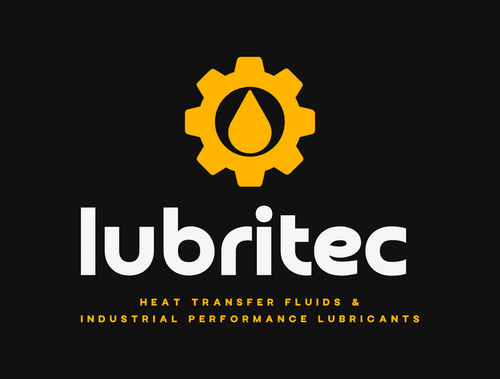

Calitate
Furnizor de încredere de lubrifianți industriali, Lubritec oferă produse de înaltă calitate, provenite de la producători consacrați și testate pentru performanță și fiabilitate în cele mai exigente aplicații industriale.
© 2017 - 2025. All rights reserved.
iNDUSERV FiLTEX srl
Mon-Fri 8:30am - 18:00pm
Soluții de lubrifiere care sporesc eficiența, reduc întreținerea și prelungesc durata de viață a echipamentelor în aplicații solicitante.
Dezvoltare durabilă
Tehnologie inovatoare
Procese de fabricație moderne și îmbunătățiri continue ale produselor în sectorul lubrifianților, inclusiv nano-lubrifianți, sisteme inteligente, opțiuni pe bază biologică, sintetice de înaltă performanță și soluții automatizate


